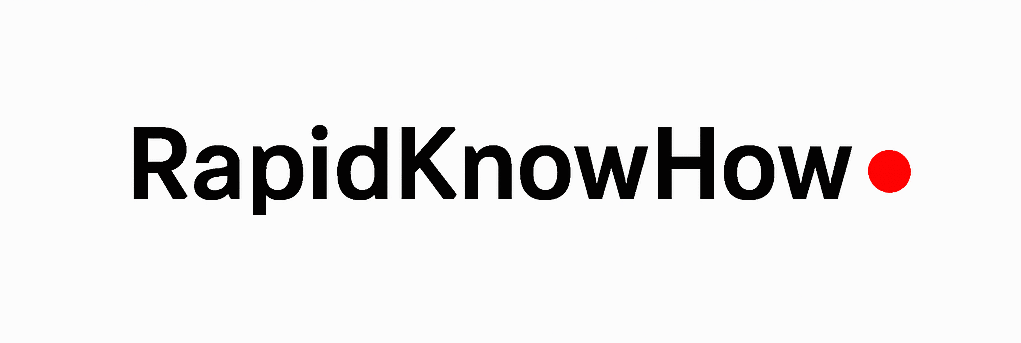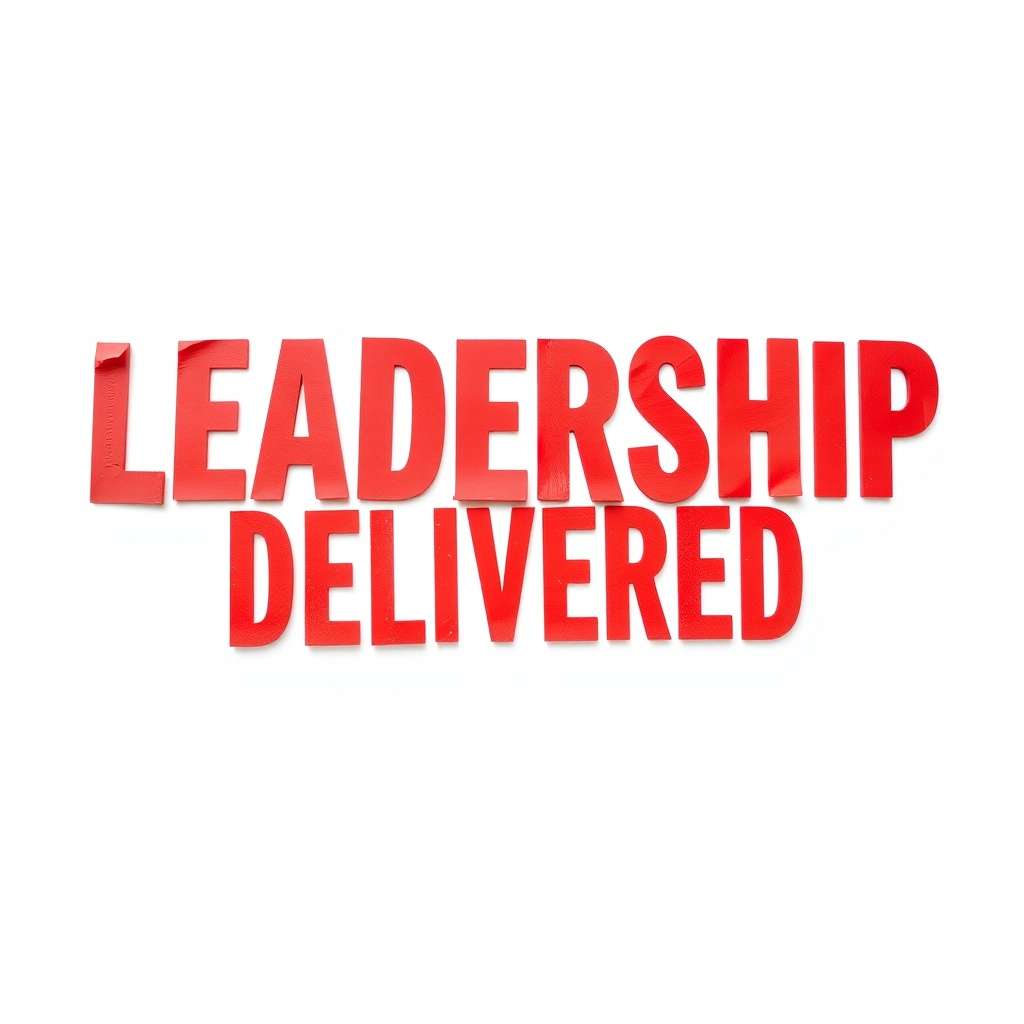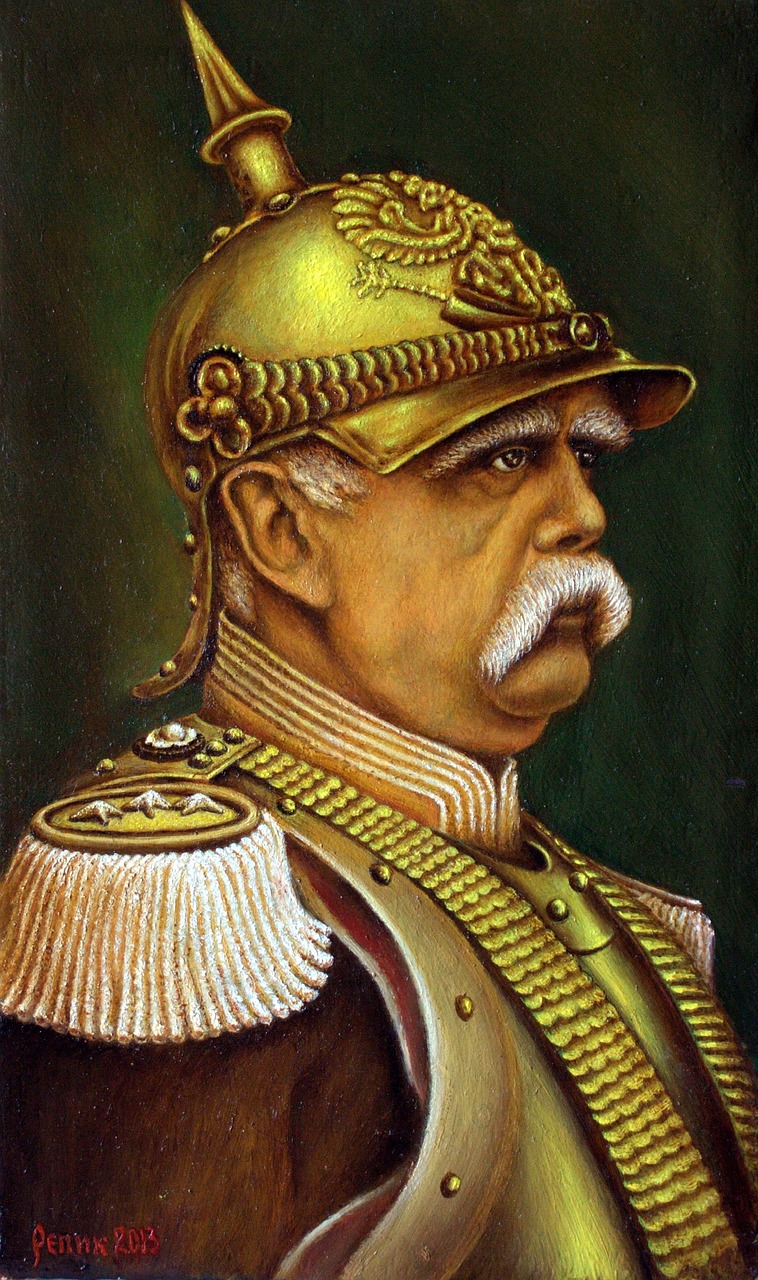💡 Power Statement
“The future is not something we wait for – it is something we design.
System Thinking reveals the whole, System Design creates purposeful structures, and System Applications turn ideas into action.
Scenarios are not predictions – they are choices. The path we take depends on the systems we build today.”
1. System Thinking
- Principle: See the whole, not just parts.
- Core Tools: Feedback loops, delays, leverage points, boundaries.
- Mindset Shift: From linear cause–effect to dynamic interdependencies.
2. System Design
- Goal: Shape purposeful systems that deliver thriving results.
- Steps:
- Define purpose & boundaries
- Map stakeholders & interconnections
- Identify leverage points
- Design adaptive mechanisms (self-correcting, self-learning)
- Align metrics with long-term sustainability (ROICE: Return on Innovation, Convenience, Efficiency)
3. System Applications
- Business: Asset-Light BaaS, AI-powered ecosystems, sustainable value chains.
- Health: Preventive health systems, personalized care loops, health-data ecosystems.
- Geopolitics: Resilient governance, subsidiarity, citizen-powered counterweights.
- Sustainability: Circular economy, regenerative energy systems, ESG-driven finance.
4. System Scenarios
- Baseline 2025 → Futures 2035–2040
- Scenario A: Thriving Ecosystem
→ AI-driven circular economy, resilience, citizen empowerment. - Scenario B: Controlled Efficiency
→ Tech monopolies + centralized governance, high efficiency but low freedom. - Scenario C: Fragmented Collapse
→ Climate shocks, geopolitical rivalries, weak institutions. - Scenario D: Balanced Transition
→ Gradual shift to sustainable, distributed systems balancing innovation with regulation.
- Scenario A: Thriving Ecosystem
5. Strategic Implications
- Leaders must design adaptive, learning systems.
- Organizations must simulate scenarios before making large-scale decisions.
- Citizens must recognize leverage points (energy, finance, governance) to shape futures.
💡 Power Statement:
“The future is not predicted, it is designed. System Thinking provides the lens, System Design provides the structure, and System Applications bring it alive in scenarios we can shape today.” – Josef David
⚡ Designing the Future with System Thinking: From Vision to Scenarios
From System Thinking ➝ System Design ➝ System Applications ➝ Future Scenarios
System Thinking
System Design
System Applications
Future Scenarios
Scenario A: Thriving Ecosystem
Scenario B: Controlled Efficiency
Scenario C: Fragmented Collapse
Scenario D: Balanced Transition
“The future is not something we wait for – it is something we design. System Thinking reveals the whole, System Design creates purposeful structures, and System Applications turn ideas into action. Scenarios are not predictions – they are choices. The path we take depends on the systems we build today.”
RapidKnowHow + ChatGPT | All Rights Reserved 2025





